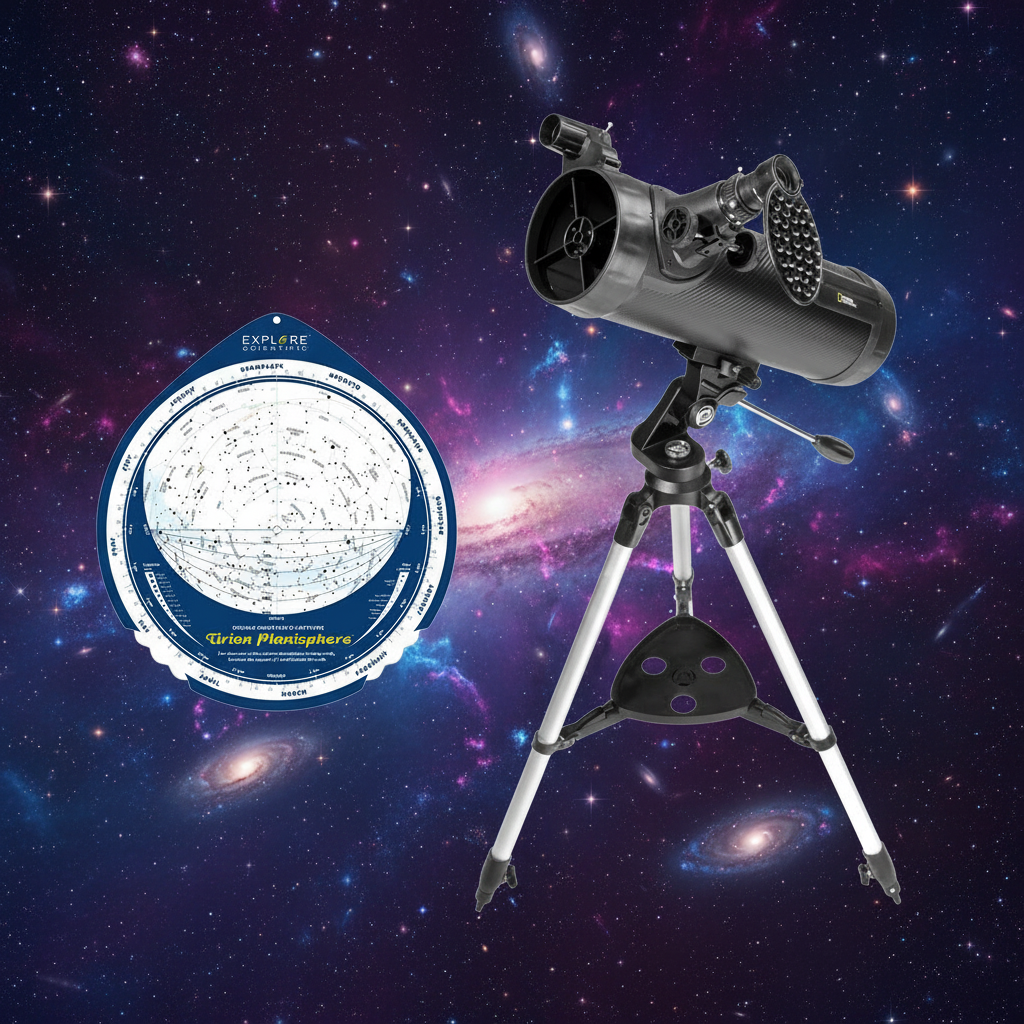
Explore Alliance Presents: How Do You KNOW? – Episode #53: ''Finding the Value of G"
Gravity is the weakest of the four fundamental forces, it causes causes mutual attraction between all things with mass or energy. It is approximately 1038 times weaker than the strong interaction, 1036 times weaker than the electromagnetic force, and 1029 times weaker than the weak interaction. Gravity has no significant influence at the level of subatomic particles, but it has significant interaction at the macroscopic scale, determining the motion of planets, stars, galaxies, and even light.
The gravitational constant, "G" is a key quantity in Newton's Law of Gravitation. The existence of the constant is implied in Newton's law of universal gravitation, as published in the 1680s (although its notation as G dates to the 1890s). Why does the value for "G" matter? It helps us to more accurately determine orbits and the mass of any object as well as light in the universe.
The first direct measurement of gravitational attraction between two bodies in the laboratory was performed in 1798, seventy-one years after Newton's death, by Henry Cavendish. Since the time of Cavendish, only modest improvements to the value of G have been made.
In this 53rd edition of How Do You KNOW? Dr. Daniel Barth explains the Gravitational Constant and how the value is improved with modern methods.
The activities and materials provided free for the How Do You Know? program are based upon Dr. Barth’s award-winning book: Astronomy For Educators. This book is used as a resource in more than 5,700 schools across the United States and in more than 50 countries world-wide. Published as an Open Educational Resource Text, it is made available from the University of Arkansas Library Press.











